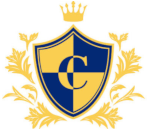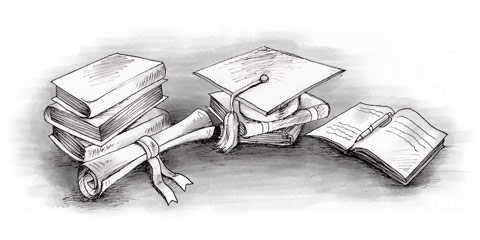Primary schools in Denmark
There is a mixture of primary schools available to children in Denmark. Municipal primary and lower secondary schools (folkeskole) provide free education to approximately 87% of all Danish children.
There are no strict regulations regarding which school a child attends – they are entitled to enrol at their local school or, alternatively, they can choose a different school either in the same municipality or in a neighbouring municipality.
If you have enrolled in the National Register of Persons and have children between the age of 6 and 16, you will automatically receive information about local schools from your municipality. Your municipality also offers an advisory service if you have any questions relating to education in Denmark.
The schools are co-ed and there is no school uniform. The class will usually stay together for the entire duration of their primary and lower secondary education, normally with the same teacher too.
A typical school day in Denmark will start at 08:00 and finish at about 15:00, though the first three year groups usually end their day at noon. There is normally a 30 minute break where the pupils can eat their packed lunches. The school year runs from August to June.
The curriculum for primary and lower secondary education in Denmark consists of a number of compulsory courses as well as some optional ones for the older age-groups. Pupils will typically begin to learn English from Year 3 up to Year 9, while from Year 7 onwards they often start to learn an additional foreign language, usually either German or French.
Extracurricular activities are widely available to pupils after school, as well as a child care service if necessary. These are usually offered both by the school and by local care centres.
Children who do not speak Danish and have a foreign language as their mother tongue are still entitled to be educated in Denmark’s primary and lower secondary schools. In fact, the child’s local municipality is obliged to offer a Danish language and culture course, as well as class lessons taught in the child’s native language if the child is from an EU/EEA country.
Private schools in Denmark
Private education in Denmark is very popular.The education corresponds to what is taught in municipal primary and lower secondary schools. However private schools in Denmark generally have more freedom in terms of how the syllabus is taught and how classes are organised.
Private schools in Denmark are usually financed by a combination of state subsidy and fees paid by the child’s family. Despite the costs private education in Denmark remains very popular, so expect to join a waiting list. Applying as early as possible is advisable in order to avoid disappointment. The enrolment procedure varies between each individual private school, so you should contact the schools directly to find out more information.
International schools in Denmark
Lessons taught in languages other than Danish are widely available. International schools operate in a similar way to private schools, though tuition fees can be expensive.
International schools are not just for foreign pupils who do not speak Danish, but also for Danish pupils who wish to be educated in a foreign language. The language of teaching is generally anything but Danish, though there are extra courses available in Danish language and culture.
Again, the enrolment procedure varies from school to school and the more popular international schools have a waiting list.


